Footnote Citation Styles
Subsequent references of the same work may be shortened to include only the author’s last name and page number. The first reference is 1, the second is 2, and so on.

Chicago Style Citation Guide & Examples
Biblatex automatically formats references and citations, much like bibtex, but biblatex is more robust and more powerful.
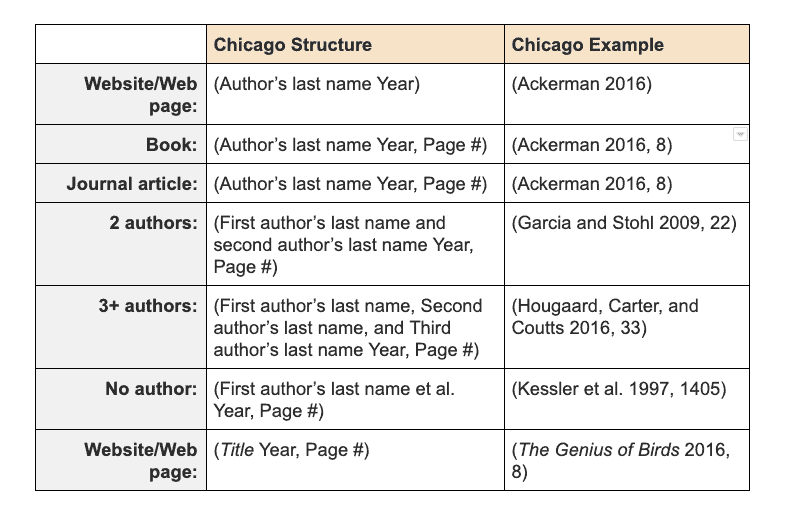
Footnote citation styles. For all subsequent references to that text, your footnote citation will be in abbreviated form. The oxford citation has two parts; The advantage of footnoting is that the reader can simply cast their eyes down the page to discover the source of a reference which interests them.
Single quotation marks are used instead of double. The footnote citations must be added at the foot or bottom of the same page where you have cited the sources. This example shows how to create citations in footnotes using biblatex.
Supra note 5 at 34. There are two forms of footnote in chicago style: (meaning ‘the same’) is used if the authority is the same but the page or
Ø avoid the use of infra (below). A footnote, or chicago style citation, should always end with a period. Other footnote referencing styles include oxford and cambridge (often used in art history and the humanities) and the bluebook law review style (used in law in the us).
• the easiest way to format your footnotes is to use the microsoft word referencing tool. A footnote marker may be put after a significant word or phrase. Since it also has footnotes, it is a bit like the chicago referencing style.
Likewise, if the citation generator is set to a footnote style then it. You can (almost certainly) use your existing.bib databases with biblatex, it comes with a wide variety of styles built in, and it's much easier to write. But other than that, it is a different style and different format for different types.
When using either type of footnote, insert a number formatted in superscript following almost any punctuation mark. The footnote number should always be inserted after the punctuation.1 the first time you cite a source, you will include a full citation. Complete notes and short notes.
There are two basic approaches to citation: See our section on citation styles for more information. Content footnotes and copyright attribution footnotes.
At the end of the sentence or sentence it refers to, the reference number appears in superscript at the end of the sentence or sentence it refers to. Because this makes it convenient for your reader, most citation styles require that you use either footnotes or endnotes in your paper. Footnotes are not just for interesting comments, however.
A) change the class in the (meaning ‘in the same place’) is used to refer to an authority in the footnote immediately preceding the current footnote and the same page/ place is being referred to. Putting the same number, followed by a citation of your source, at the bottom of the page.
Footnoting should be numerical and chronological: A content footnote provides additional explanation or information about something mentioned in the text, while a copyright attribution footnote provides copyright information for lengthy content that has been reprinted in the text. All first footnote references must be cited in full.
Some, however, allow you to make parenthetical references (author, date) in the body of your work. The footnotes are added at the end of the page while the list of references is added at the end of the paper. Academic journals and publishers may also have their own preferred footnote referencing styles, either distinct from, or a variation on one of, the above styles.
(more detail below.) cite authors’ names as they appear in the texts. Semicolons are used to separate several citations within one footnote from one another. In the oscola style ‘smith (n3)’ is a subsequent citation to a journal article by smith cited in footnote 3.
Citations are numbered consecutively in the order in which they appear in the text and each citation. The footnotes and the reference list. Two types of footnotes are used in apa style:
If the source cited has no author stated, use whatever minimal information is needed to identify the. Use content footnotes to concisely provide further information on a topic that is not directly related to the text. In its simplest form, a number in superscript format placed in the text of the essay, indicates the relevant footnote:
Footnote style uses a notational method of referencing when referring to a source of information within the text of a document. Footnote numbers should not follow dashes ( — ), and if they appear in a sentence in parentheses, the footnote number should be inserted within the parentheses. Use copyright permission footnotes to cite adapted or reprinted materials such as data sets or particularly lengthy extracts of text from another author.
Always follow information given to you by your lecturer.
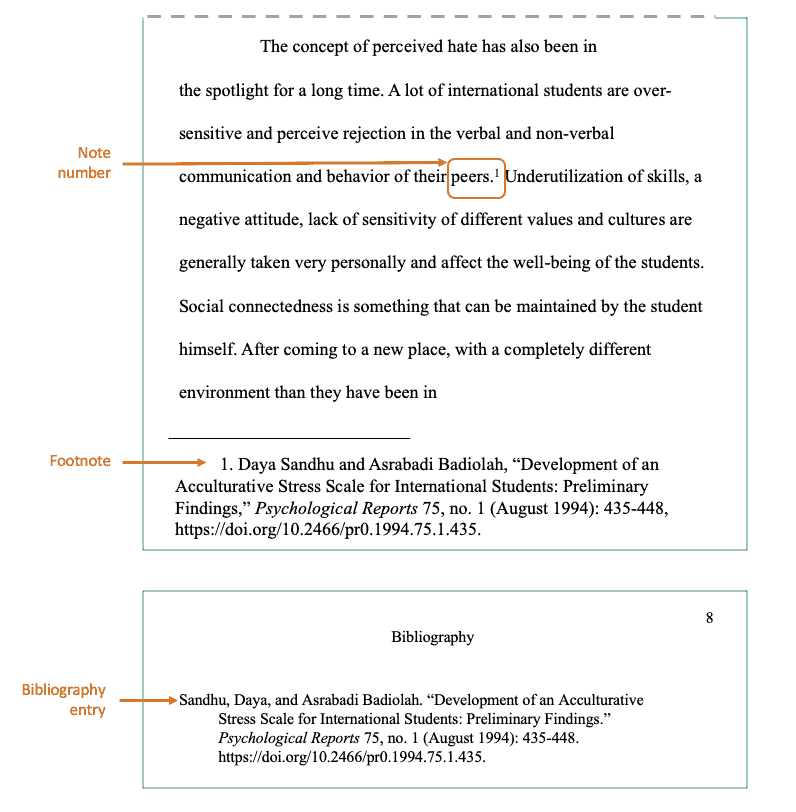
Chicago Style A referencing overview Chegg Writing
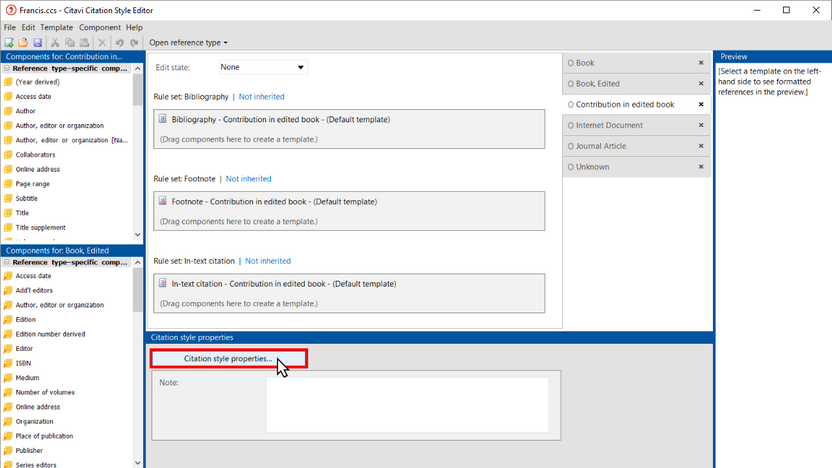
Citavi in Detail > Using Citation Styles > Creating
😀 Footnote citation example. Citation Machine Chicago

Chicago Style Citation Guide & Examples

What’s a Parenthetical Citation vs. a Footnote? When Do I

Chicago Citation Style Short Notes YouTube

Quotes about Footnotes (64 quotes)

biblatex repeated citations in footnotes that point back
Endnote Citation Styles and Tools Nazarbayev
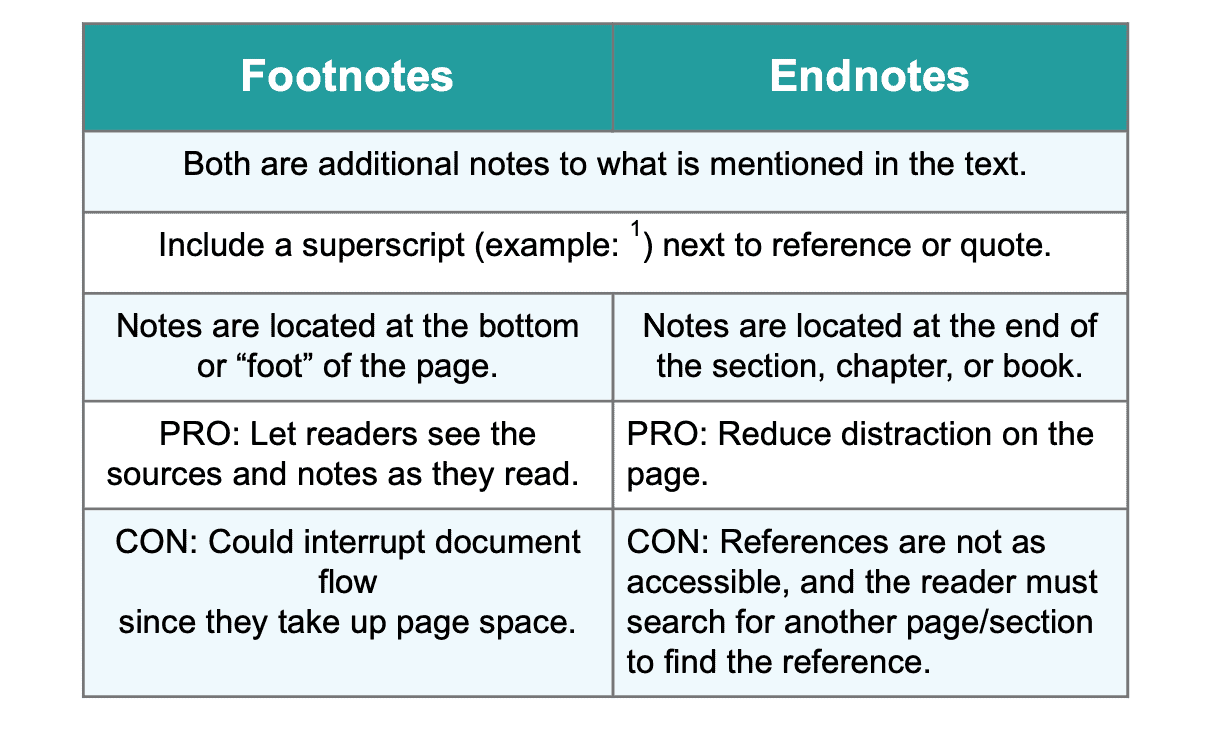
Chicago Citation Format Footnotes and how to make them

Chicago Style Citation Guide & Examples
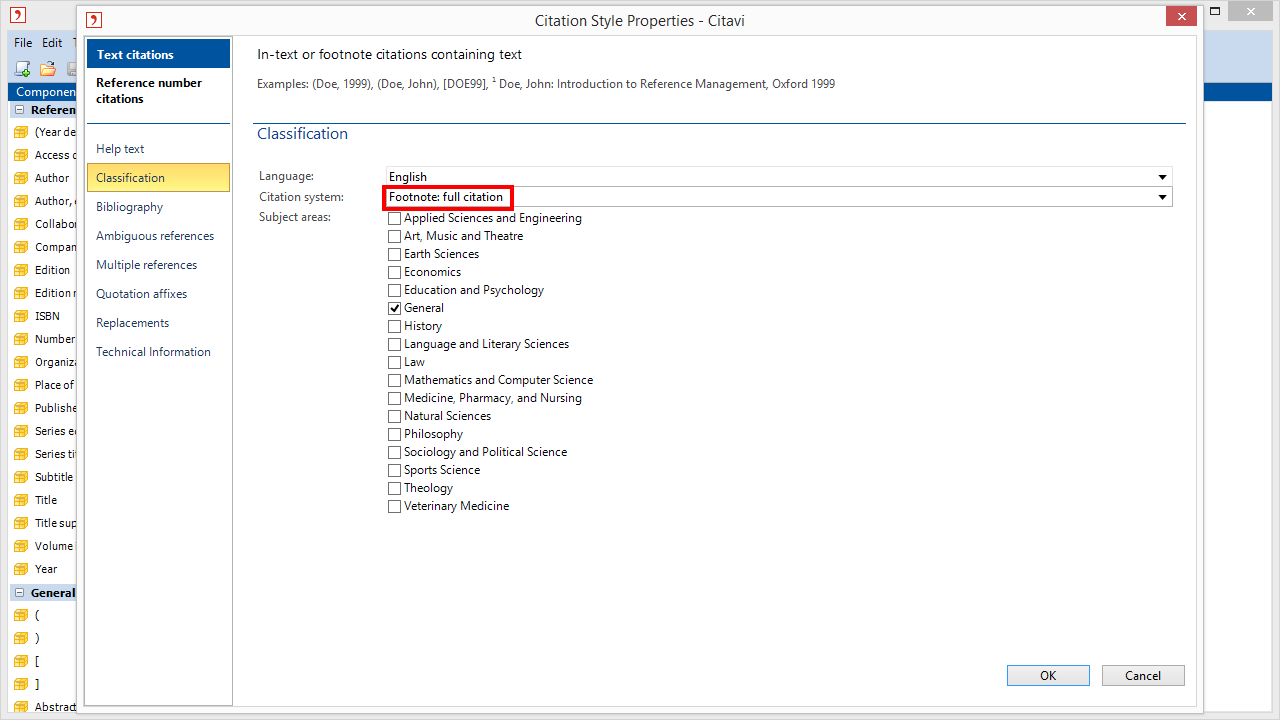
Citavi in Detail > Using Citation Styles > Creating

Example of endnotes in chicago style

Chicago Style Citation Guide & Examples
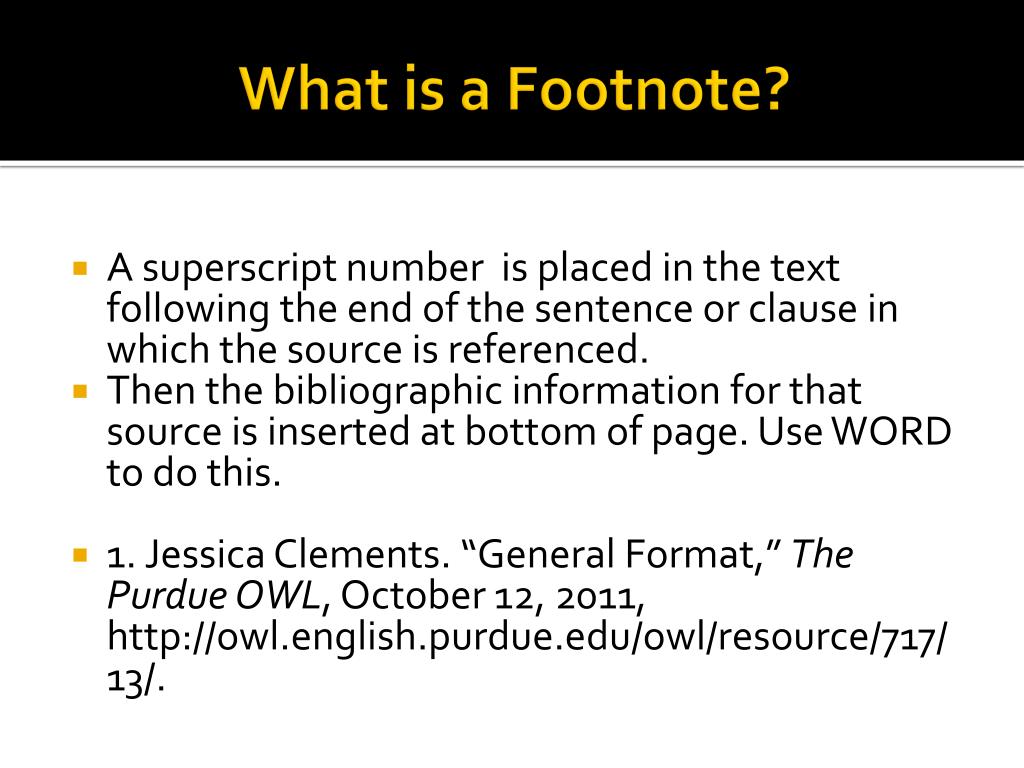
PPT Chicago Style Citation Process PowerPoint

Chicago/Turabian Citation Styles LibGuides at College
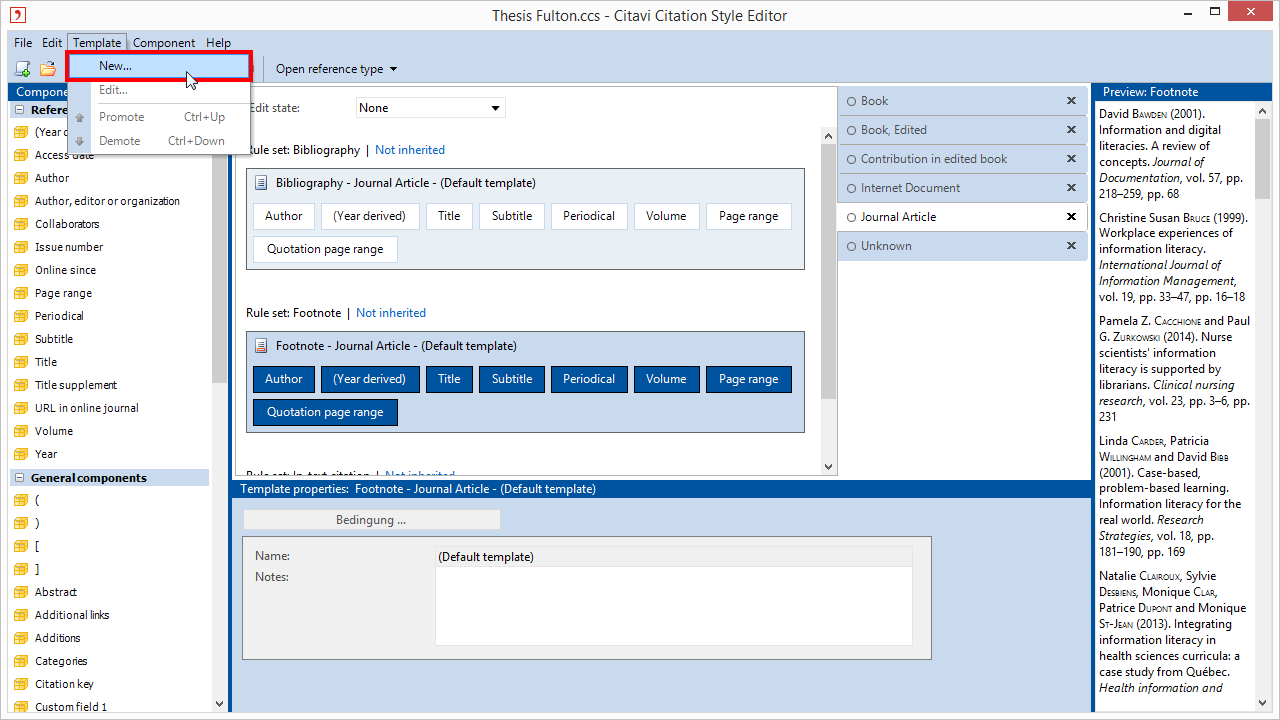
Citavi in Detail > Using Citation Styles > Creating
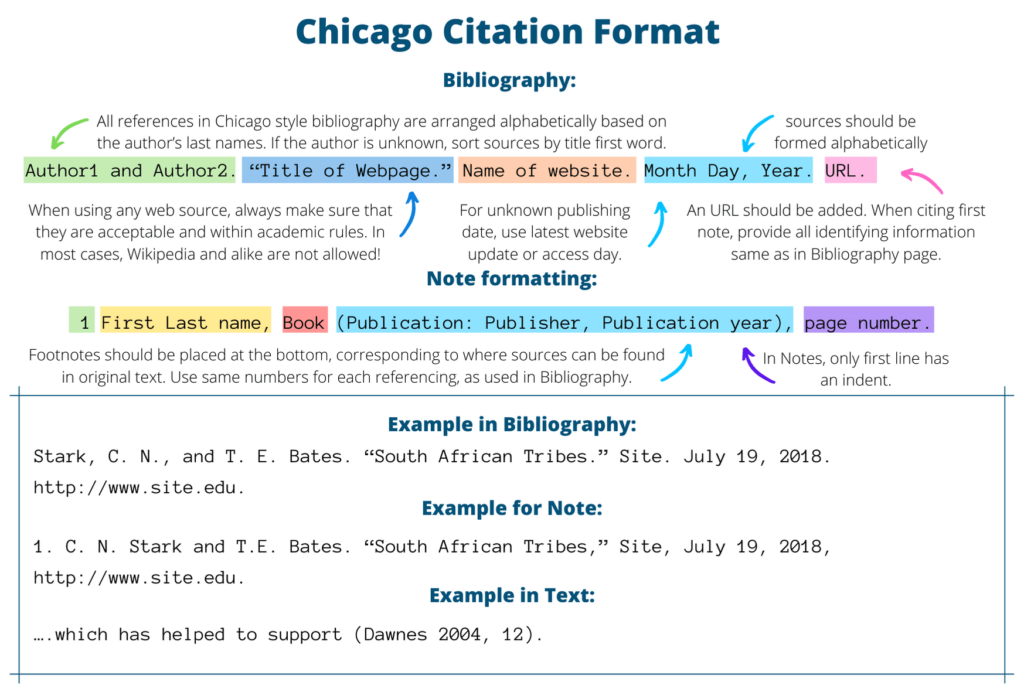
Free Chicago Citation Generator for Easy Citing EduBirdie

Chicago Style Citation Guide & Examples


Post a Comment for "Footnote Citation Styles"